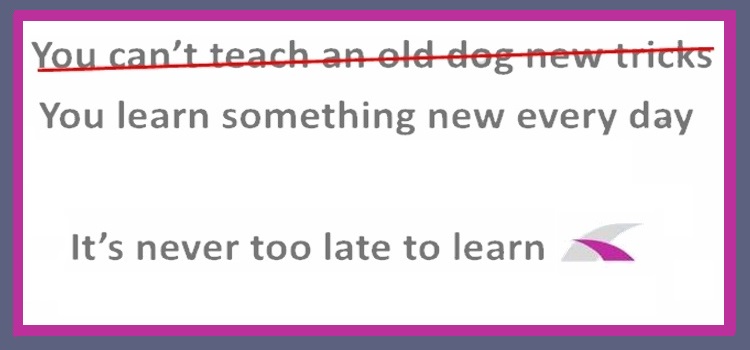‘’Mistakes are he portals to discovery’’
Frustration is defined as
the feeling of being upset or annoyed as a result of being unable to change or achieve something. This is a common feeling that everyone experiences from time to time, whether it’s at work in your personal life, and it can be triggered by many different things. One such trigger is learning a new skill, such as juggling, or a new language. This makes frustration a regular entity in our classrooms but is its prevalence down to the teacher?
Essentially, yes it is. As teachers, we should make the learning experience as enjoyable as possible but frustration will always rear its ugly head at some point. Below are a couple common scenarios where frustration can fester with some tips from teachers on combating it.
You’ve been scheduled a class with content for students at a P4* level. Upon inspection of the attendance list though, you see you have a class with levels ranging from P2 upwards. Will your given class content been too difficult for the lower levels or do you risk lowering the difficulty only to bore the higher levels?
The key to this situation is to make a class that includes everyone. Find the activities (topics for conversation, vocabulary or even structures) that can allow students with lower levels to join in as much as they can, but also allow the higher levels to talk fluently and express themselves. For example, cinema and their favourite films. If an activity becomes too difficult for some students, provide encouragement and ask the students that do understand it to explain the activity to the rest of the class. This gives them an opportunity to practice their English while demonstrating their understanding and helping their peers.
You arrive at a one on one class expecting a P2** student. As you start, you quickly realise the student is an S1*** that does not understand any of the content you have prepared. The student gets frustrated with the lack of understanding.
Start basic. Strip the activities you have back to basics and build up from there. Use basic topics like colour, objects in the room, food and professions to introduce structures before slowly increasing the difficulty. It’s important to let them feel like they’ve mastered something and have made progress, no matter how small. Provide encouragement and let them know it’s okay to not grasp something quickly. Perhaps give the example that you’ve had similar frustrations while learning Spanish or another language so they’re not the only person facing frustrations.
A possible outcome to a class filled with frustration may be a complaint from the students. They may complain about the content or the teacher they had. Either way, the complaint reflects on you as the teacher and your methods. It’s important to not take it to heart. Instead, use it as a learning experience to improve your lessons and how you conduct them. That way, you turn a negative experience into something positive. And remember, most people only provide feedback when its negative. So for the one negative comment that was given, there are many wonderful comments full of praise that were left unsaid.
What other frustrations have you faced in class? What solutions do you have?
*P4 level according to the Oxbridge English Teaching System standards is the equivalent of B2 of CEFR.
**P2 level according to the Oxbridge English Teaching System standards is the equivalent of A2 of CEFR.
***S1 level according to the Oxbridge English Teaching System standards is the equivalent of A1 of CEFR.





